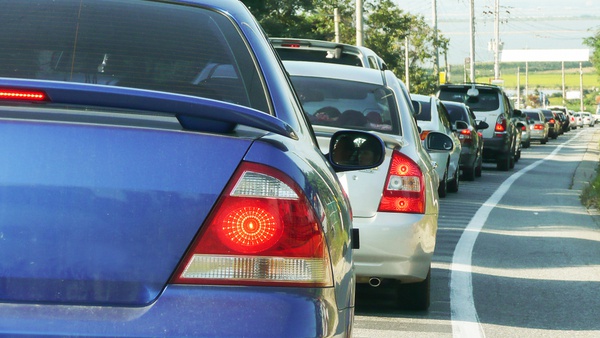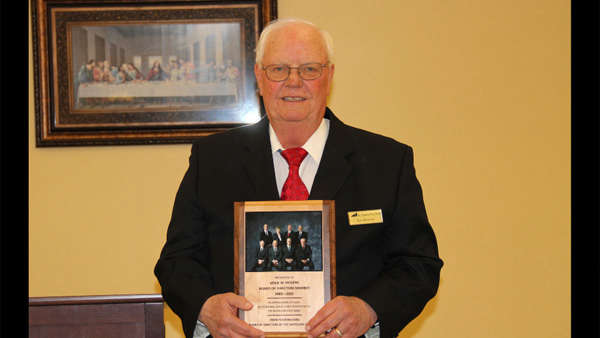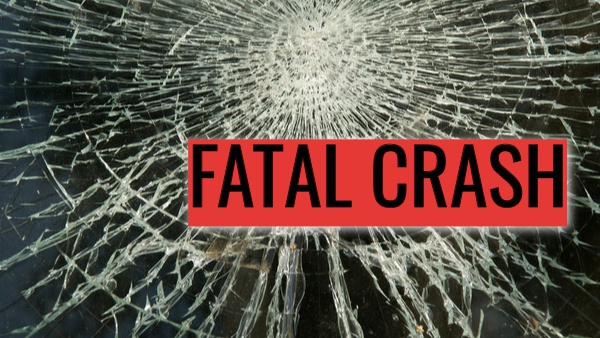Before handing over the keys, make sure your teen knows rules of the road.

Shutterstock photo.
(Frankfort, Ky.) - The Kentucky Transportation Cabinet’s (KYTC) Office of Highway Safety (KOHS) is helping empower parents to talk with their young drivers about the importance of driving safely. They are joining the National Highway Traffic Safety Administration (NHTSA) in their efforts during National Teen Driver Safety Week, Oct.17-23.
“Driving is a right of passage for many teens, but it can also be a difficult time for parents and caregivers to release their teens to navigate the open road,” said Gov. Andy Beshear. “Having an open dialogue with teens to teach and encourage safe driving habits is one way parents can put their minds at ease before handing over the keys.”
According to NHTSA, motor vehicle crashes are the leading cause of death for teens in the United States. Per mile driven, teens are involved in three times as many fatal crashes as all other drivers.
“Parents have a strong influence on their teens, even as they grow older and become more independent,” said Transportation Cabinet Secretary Jim Gray. “Because they are new to driving, teen drivers are a potential danger to themselves and to other drivers, which is why it is so important that parents take time to discuss safe driving practices with their teens.”
Over the past three years in Kentucky, there were more than 52,000 crashes involving a teenage driver, resulting in more than 15,000 injuries and 191 deaths.
“Laws are not enough to protect these young drivers. We need parents to set the rules before handing over the car keys,” said KYTC State Highway Engineer James Ballinger. “We hope parents will start the conversation about safe driving during National Teen Driver Safety Week, but continue the conversations throughout the year to help keep their teens safe.”
NHTSA’s website, www.nhtsa.gov/road-safety/teen-driving, has information and statistics on teen driving and outlines six basic rules for the road:
- Avoid Distracted Driving: According to NHTSA, driver distraction is the leading factor in most crashes. Avoid distractions, like talking or texting on cell phones, talking to passengers, adjusting audio and climate controls in the vehicle and eating or drinking while driving. Additionally, headphones are not safe to wear while driving, as they can distract a driver from hearing sirens, horns or other important sounds.
- Wear Seat Belts: Wearing a seat belt is the best protection against injury and death, yet according to NHTSA, teens are less likely to be buckled up than members of any other age group. Properly fastened seat belts contact the strongest parts of the body, such as the chest, hips and shoulders. A seat belt spreads the force of a crash over a wide area of the body, putting less stress on any one part, and allows the body to slow down with the crash, extending the time when the crash forces are felt by the occupant.
- Take Extra Caution While Driving with Passengers. Passengers in a teen’s car can lead to tragedy. NHTSA research shows that the risk of a fatal crash goes up dramatically in direct relation to the number of passengers in a car. The likelihood of teen drivers engaging in risky behavior triples when traveling with multiple passengers.
- Obey Speed Limits: Limits are put in place to protect all road users. Driving over the speed limit greatly reduces a driver’s ability to steer safely around another vehicle, a hazardous object or an unexpected curve. According to NHTSA, young males are most likely to be involved in speed-related fatal crashes.
- Never Drive Impaired: All teens are too young to legally buy, possess or consume alcohol, but they are still at risk. Once a person takes a drink, impairment begins. Alcohol slows reflexes, weakens coordination, blurs eyesight, gives a false sense of being in control and leads to risky decision-making. Like alcohol, marijuana and other drugs also affect a driver’s ability to safely react to their surroundings.
- Don’t Drive Drowsy. Between school and extracurricular activities, teens are busier than ever and tend to compromise something very important: sleep. According to NHTSA’s National Motor Vehicle Crash Causation Study, drowsy drivers are twice as likely to make performance errors in a crash as compared to drivers who are not fatigued.
“While we encourage parents to discuss rules for the road, it’s also important to show teens how to implement these rules by being a positive example when behind the wheel,” said Ballinger. “Be a good role model. Drive sober, obey the speed limit, get enough rest before you drive, always buckle up and put the phone down.”
For additional assistance, the KOHS partnered with the Kentucky Safety Prevention Alignment Network (KSPAN) to develop the Kentucky Checkpoints™ program. This free program works with county and community entities, high schools and health departments to educate parents and teens on Graduated Driver Licensing (GDL) requirements and risks to teen drivers. To learn more visit the KSPAN website, view the application for funding and/or contact KSPAN Program Coordinator Steve Sparrow at Steve.Sparrow@uky.edu.
Additional information on GDL requirements can be found on Kentucky’s graduated driver licensing (GDL) law website.

 Superintendent Writes Letter Regarding Manchester Elementary School Closing
Superintendent Writes Letter Regarding Manchester Elementary School Closing
 Napoleon State Bank Announces Retirement of Former President, Board Member
Napoleon State Bank Announces Retirement of Former President, Board Member
 Indy Woman Identified as Victim of Fatal Crash on State Road 56
Indy Woman Identified as Victim of Fatal Crash on State Road 56
 New Patient Care Manager Named at Our Hospice of Jennings County
New Patient Care Manager Named at Our Hospice of Jennings County
 Arrest Made in Green Township Road Rage Incident
Arrest Made in Green Township Road Rage Incident
 Ripley Co. Highway Dept. Urges Motorists to Watch Out for Mowing Crews
Ripley Co. Highway Dept. Urges Motorists to Watch Out for Mowing Crews










